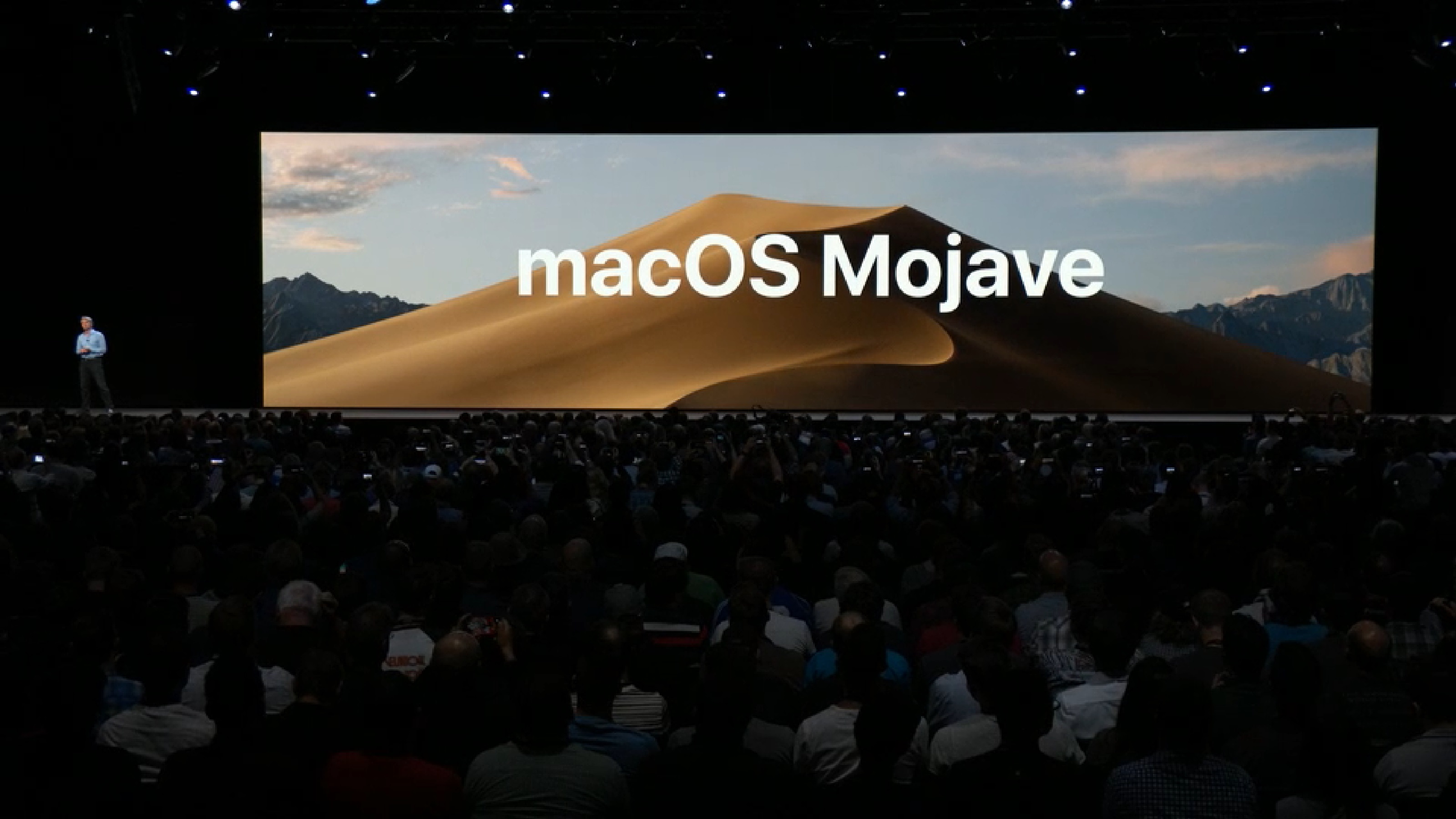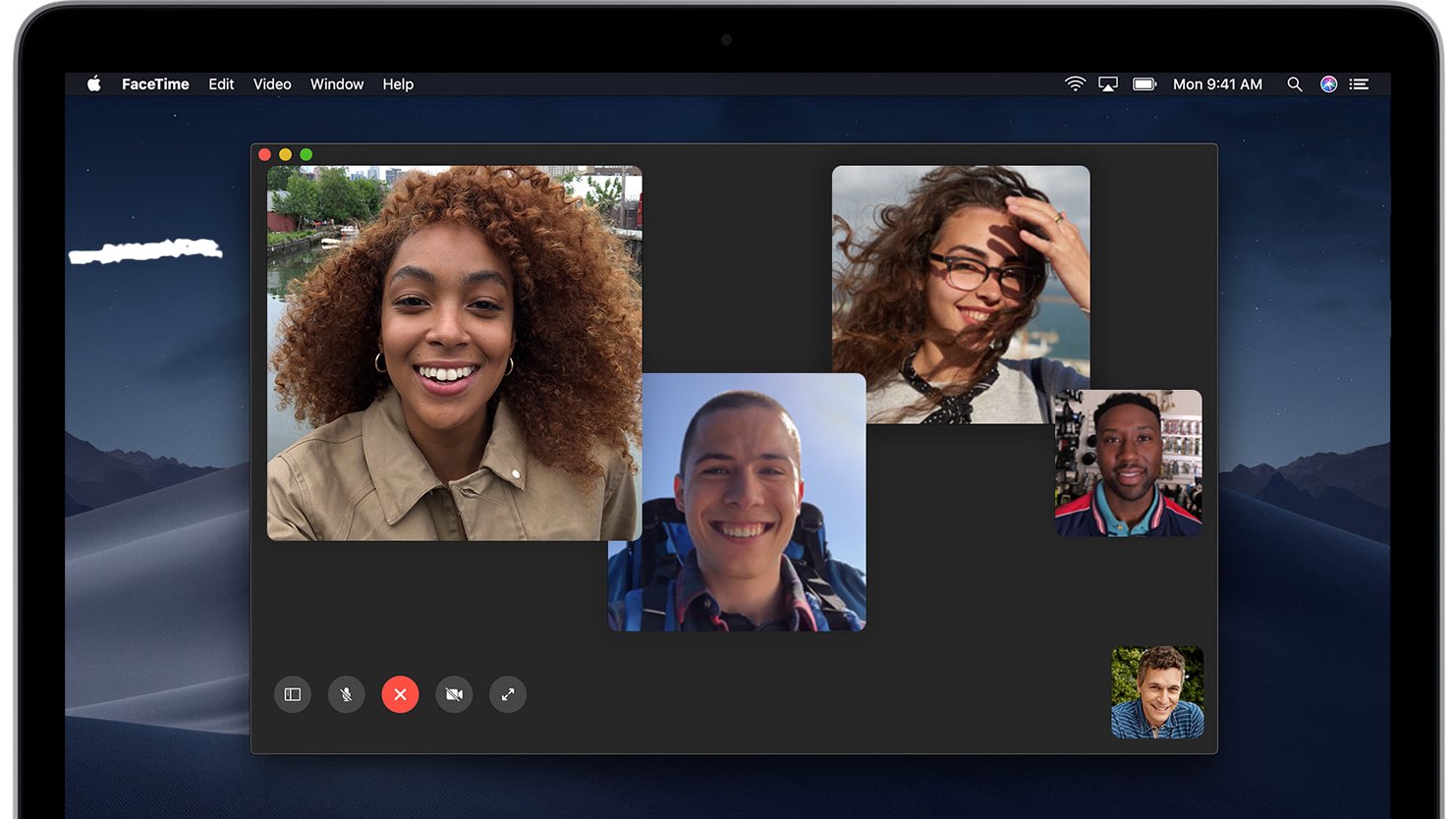Version 10.14.6 The macOS Mojave 10.14.6 update improves the stability and reliability of your Mac. This update: Makes downloaded issues available in the My Magazines section of Apple News+, both online and offline; Adds all publications in Apple News+, including newspapers, to the catalog at the top of the News+ feed. This process is detailed in steps 8 - 10 above. If you are currently running 10.14.0, or are using a non-AFPS volume, you'll need to proceed with the 10.14.1 update method described below. 10.14.1/macOS Extended (Journaled) volumes. The Mojave 10.14.1 update does NOT install properly on unsupported machines, and could result in an unbootable OS. Before you begin to download the macOS 10.14 Mojave, you should make sure your Mac can run the software. Apple has said that macOS 10.14 will run on every Mac released from 2012 onwards, which.
macOS Mojave 10.14 is one of the latest and off the mark operating systems launched by Apple. macOS Mojave updates lead to improvisation in the strength, execution, or agreement with your Mac and are prescribed for all Mojave clients.
Apple launched its very new macOS Mojave which includes influential selling focuses such as Continuity Camera, Dark Mode, Stacks to limit your work area with the documents.
License
Official Installer
File Size
6GB
Language
Multilingual
Developer
Apple Inc.
Some sumptuous peculiarities associated with the latest macOS Mojave 10.14 are as mention below
- The newly included feature of macOS Mojave is the Dark Mode arena, which you can opt for at the time of installing this operating system. Hence, on the off chance that you wish to apply the light mode, at that point you can.
- Dynamic Desktop: It is with a dim mode that the work area inclinations are fixed with the light mode, and your backdrop on the work area is well situated.
- Desktop Stacks: Here, you can store various types of folders displaying the same file names on the macOS Mojave work area.
- Screen Mark-ups:Earlier you were expected to isolate the application on the screenshot, however now you can outline, draw, include content, shapes, and crop pictures in whichever way you wish to do it.
- Screen Utility: macOS Mojave likewise includes a screen capture taskbar, where you can without much of a stretch take a screen capture!
- Coherence Camera: Now straightforwardly you can transfer or upload photographs from iPhone iPad, or from some other Apple gadget.
- iOS Applications on Mac: After downloading the updates of macOS Mojave, you can utilize the iOS Apps on your desktop.
- The App Store: It facilitates you to Work, Create, Play, =and develop with the App Store, in short, all that you are doing on iOS.
- Finder tool: It permits you to convert all your photos into a short slideshow, or even aids you in altering a short video.
Various other macOS Mojave Enhancements are added to the operating system.
Also Read:-Download macOS Catalina Image file for Virtualbox and VMWare
- AirPods:Includes support for new AirPods (second era).
- Improves the nature of sound accounts in Messages.
- Gives improved help to outer GPUs in Activity Monitor.
- Improves the dependability of USB sound gadgets when utilized with MacBook Air, MacBook Pro, and Mac scaled-down models presented in 2018.
- Amends the default screen splendor for the MacBook Air launched in 2018.
However, on the off chance that you are a Windows user, at that point testing macOS Mojave gets extremely complicated, That’s the reason a portion of the Mac Users who are well versed with programming and are acquainted with the steps on How to Create a VMDK (Virtual Machine Image) File, have made the VMDK File.
The Best part pertaining to the macOS Mojave VMDK (Virtual machine Image) File is that it tends to run on any working framework like Windows, Macintosh, Linux, etc. At the end of the day, as long as there is the very presence of Virtual Machines, for example, the VMware and VirtualBox, any operating system can be downloaded, installed, tried and tested by any user or any OS.
Why Virtual Machines
- With regards to entering or testing applications, Software or Operating Systems, virtual machines are the ideal choice to go with. They permit you to run diverse, one of a kind operating systems, run programs on them or have a go at installing whichever applications you like.
- They run on a sandboxed environment that is altogether out of your real working framework. Despite which operating system you’re as of now employing, you can introduce pretty much every operating system and do far more terrible things. This can be running a noxious or even worse which you’re probably not going to do inside your current Operating System. When there’s something not right, you can without any hassle erase the virtual machine whether that is on VMware or VirtualBox.
The following links are available to download macOS Mojave on Virtual Machines:
VMware:macOS Mojave VMware Image Download (One Full – Google Drive)
This is the specially created record file where you can introduce macOS Mojave on the VMware machine. It is a solitary document. On the off chance that you have a rapid web connection, at that point, you need to download the picture. Further, you will peruse the record in your VMware programming. And afterward, you can without much of a stretch introduce the macOS Mojave with default wizard. Thus, It will at that point run macOS Mojave on VMware utilizing Windows 10.
VirtualBox:macOS Mojave VirtualBox Image Download (One Full – Google Drive)
This one is a huge document with one picture download interface. Along these lines, you should have high web speed to download the record. Be that as it may, After the download you need to peruse it to a virtual box and follow the means from the wizard for fruitful establishment.

Download macOS Mojave 10.14 Virtual Box and VMWare - ISORIVER
macOS Mojave 10.14 is one of the latest and off the mark operating systems launched by Apple. macOS Mojave updates lead to improvisation in the strength,
Price Currency: USD

Operating System: Mac OS Mojave 10.14
Application Category: Virtual Machine Image
UpdatesImportant Notes:
- Using APFS is REQUIRED in Mojave in order to receive system updates via the normal Software Update method. If you choose to continue using macOS Extended (Journaled) as your filesystem type, you will NOT receive System Updates via System Preferences. If you are not using APFS, you can follow the 10.14.1 installation steps below.
- After applying ANY system update via Software Update, re-applying post-install patches using your Mojave Patcher installer volume will most likely be necessary. If you install a software update and the system fails to boot afterwards, this is what needs to be done.
10.14.6
10.14.6 can be updated normally via Software Update if using an APFS volume, and will need to be patched using an installer volume created with Mojave Patcher version 1.3.2 or later after installing.
10.14.5
10.14.5 can be updated normally via Software Update if using an APFS volume, and will need to be patched using an installer volume created with Mojave Patcher version 1.3.1 or later after installing.
10.14.4
10.14.4 adds new changes that ARE NOT patchable by the post-install tool of Mojave Patcher v1.2.3 and older! Before updating to 10.14.4, you you will need to use the latest Mojave Patcher version to create a new installer volume, using the 10.14.4 installer app. Then, update to 10.14.4, either by installing via Software Update, or by just using the installer volume you've created to install.
 10.14.3
10.14.3
If you are currently running 10.14.1 or 10.14.2, you can simply use the Software Update pane of System Preferences (if using APFS) to apply the 10.14.3 update. Once the update is installed, you will most likely need to re-apply post-install patches to get the system to boot again. This process is detailed in steps 8 - 10 above. If you are currently running 10.14.0, you'll need to proceed with the 10.14.1 update method described below.
Mojave 10.14.4 Download
10.14.2If you are currently running 10.14.1, you can simply use the Software Update pane of System Preferences (if using APFS) to apply the 10.14.2 update. Once the update is installed, you will most likely need to re-apply post-install patches to get the system to boot again. This process is detailed in steps 8 - 10 above. If you are currently running 10.14.0, or are using a non-AFPS volume, you'll need to proceed with the 10.14.1 update method described below.
10.14.1/macOS Extended (Journaled) volumes
The Mojave 10.14.1 update does NOT install properly on unsupported machines, and could result in an unbootable OS. If you want to install the 10.14.1 update (and are not currently running 10.14.1), perform the following steps:
• Download the latest version of Mojave Patcher
• Download the installer using the Tools menu of Mojave Patcher
• Create a patched USB installer
• Boot from that, and install 10.14.1 onto the volume containing an older release.
• Once done, apply the post-install patches, and you should now be on 10.14.1.
Macos Mojave 10.14.4
